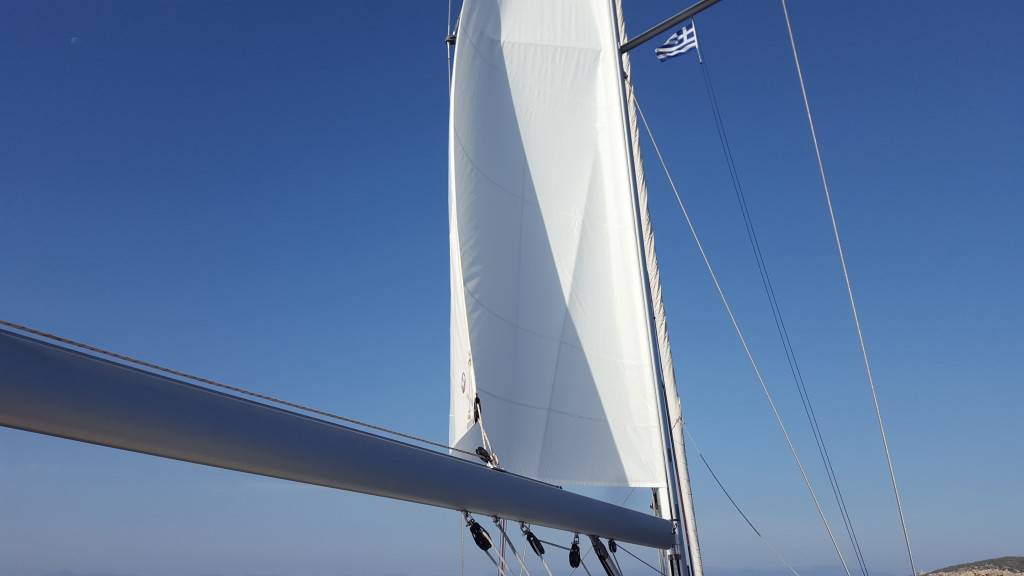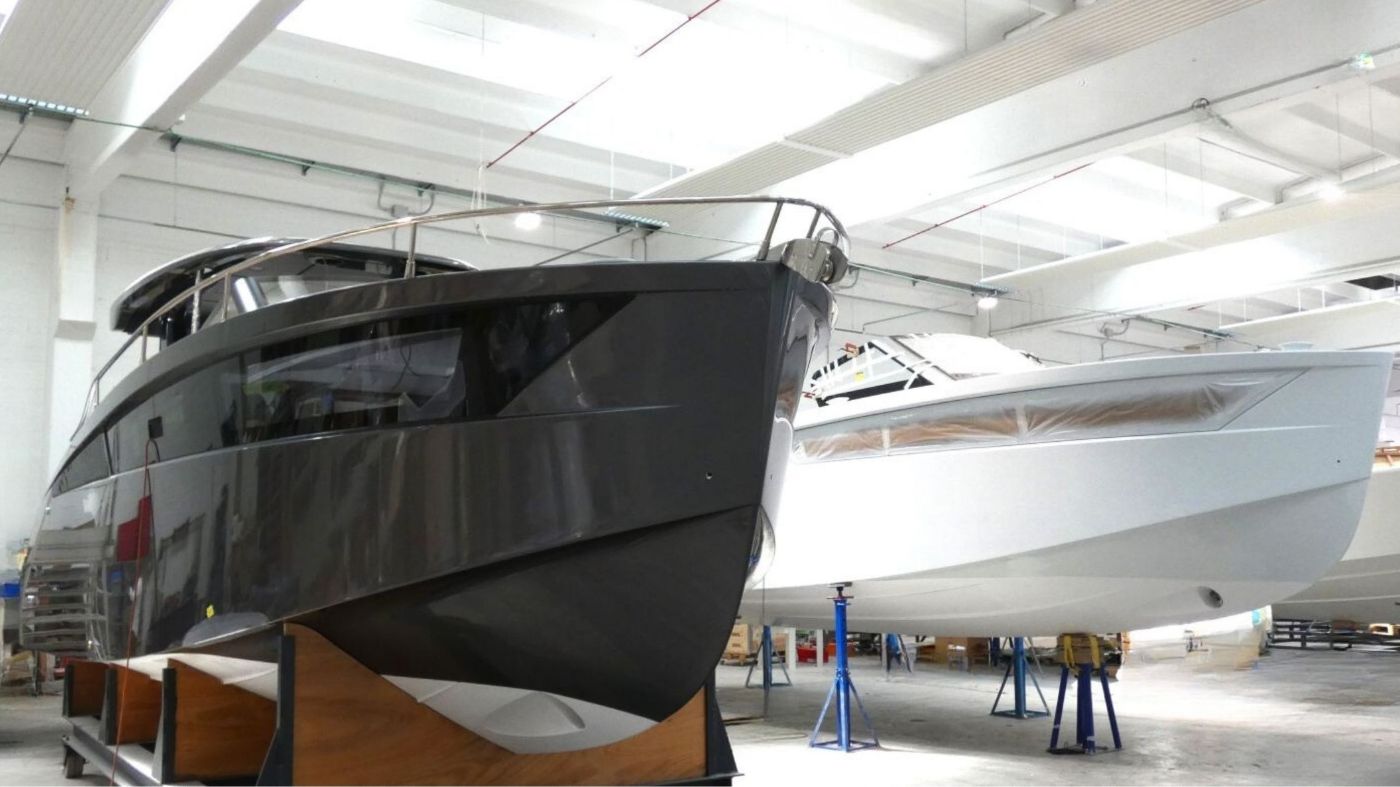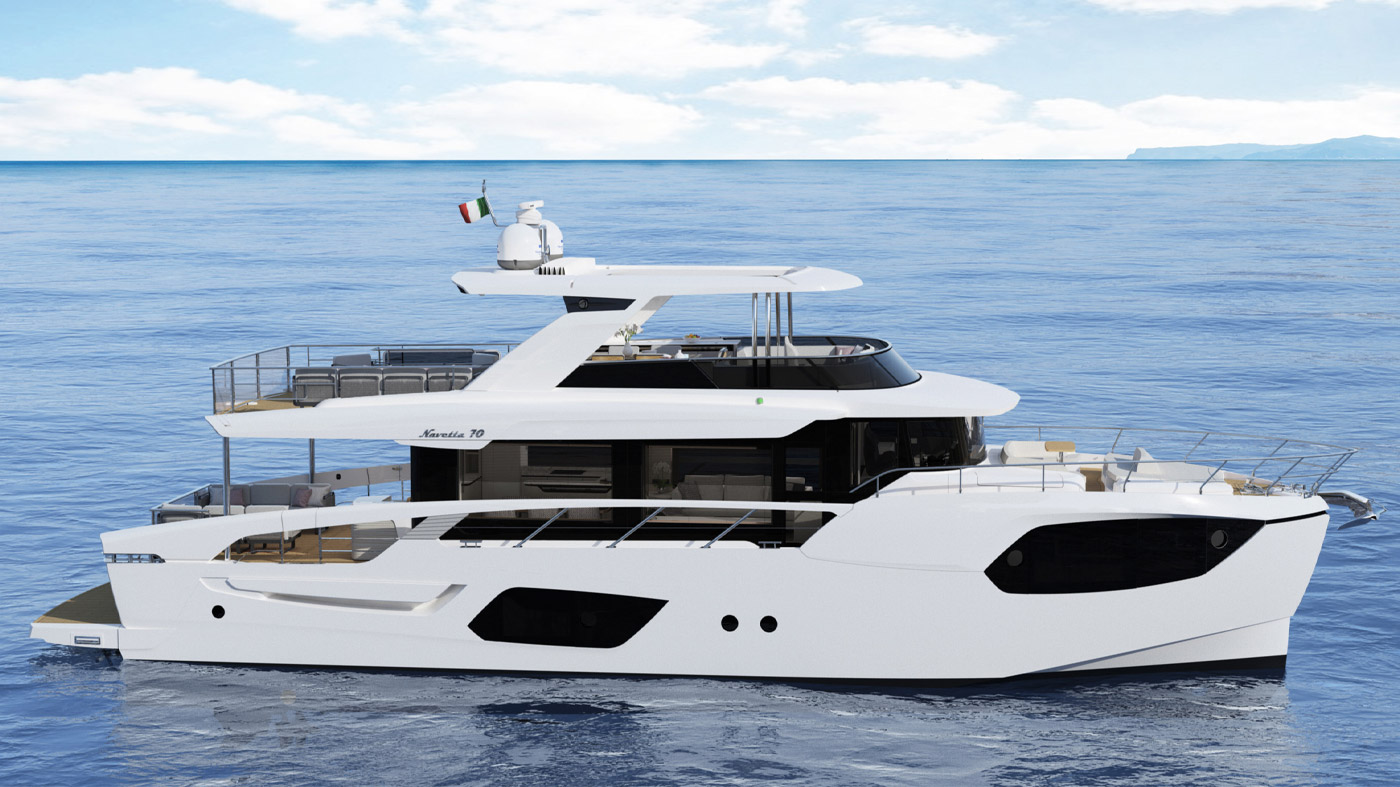Odio il rollaranda – decisamente quello all’albero, un po’ meno quello sul boma – per diverse ragioni. La prima, anche se la meno importante, attiene all’estetica. Lo dice uno che va in giro con i parabordi poggiati in coperta e che quindi di rispetto dei canoni di eleganza se ne frega. Ma vedere issata una specie di mutanda informe in luogo di una randa in bella forma, a me fa male al cuore.
Il primo vero motivo riguarda invece l’affidabilità del meccanismo. E anche qui sono disposto ad ammettere che a generare questa contrarietà gioca, in parte, l’età: ho inziato a fare il giornalista con le macchine da scrivere e ad andare in barca quanfo si guardava al rollafiocco con sospetto. Ma pur considerando che l’affidabilità dei meccanismi oggi sia pressocché totale, la possibilità che il tutto si possa inceppare quando un bel colpo di vento richiederebbe una veloce riduzione non è esclusa.
Il secondo motivo riguarda la forma e superficie della vela, e quindi il rendimento. Non solo la randa è senza stecche (anche se è vero che si possono inserire quelle verticali) ma il taglio è tale da definire una balumina scavata in modo che possa avvolgersi all’interno dell’albero. Una randa quindi di dimensioni ridotte, per nulla allunata, che inoltre risente della zona d’ombra creata da un albero il cui diametro è necessariamente maggiorato.
Il terzo motivo risiede nella manovra, che bisogna sapere compiere bene. Come abbiamo visto nel pezzo che abbiamo pubblicato lo scorso maggio, non è nulla di trascendentale, ma non di rado si sente di difficoltà incontrate da equipaggi convinti che usare un rollaranda significhi semplicemente cazzare e mollare due cime. Tensione corretta della balumina e della base, tensione del meolo, posizione del boma (quasi obbligatorio un vang rigido) e mure corrette (a sinistra se l’inferitura è a destra e viceversa) sono le misure necessarie per una manovra che non presenti problemi e non generi rischi di incattivamento. Insomma tutt’altro che banale al punto da farmi dubitare davvero che la decantata maggiore comodità del rollaranda rispetto a un armo classico sia minima e non tale da compensare gli svantaggi.
E veniamo al motivo “in più”. Un albero che deve accogliere al suo interno il meccanismo del rollaranda più la randa avvolta è più grosso e quindi pesa di più rispetto a uno standard. Più peso in alto (la risultante è circa a metà altezza dal galleggiamento) quindi necessità di più peso in chiglia per compensare il maggiore sbandamento.
Secondo Bertrand Cheret, autore fra l’altro dell’ottimo testo “Le Vele. Comprendere, regolare, ottimizzare”, su una barca di quindici metri un albero classico pesa circa 11 chili al metro mentre uno con avvolgiranda può arrivare a 15 chili al metro. “Se l’albero fosse lungo 18 metri – si legge nel libro – il peso aumenterebbe di 72 chili, tale massa avrebbe una risultante posta a 9 o 10 metri dal galleggiamento. Per compensare si dovrebbero porre 500 o 600 chili di zavorra a poco più di un metro sotto al galleggiamento.
Certo se la barca esce dal cantiere con l’albero predisposto è certamente prevista una zavorra adegiuata. Se invece la modifica la facciamo noi in seguito, il prolema di ecessivi sbandamento, rollio e beccheggio sarà da mettere in conto.
Ad ogni buon conto e per par condicio, stiamo per pubblicare anche un articolo che vede evidenziati anche i pro che questo meccanismo offre.
Ecco quindi a voi i :
Cinque motivi (più uno) per amare il rollaranda











